Hiking the 700 Miles of PCT Desert
For the first 700 miles of the Pacific Crest Trail, northbound hikers have the Southern California desert to look forward to.
It is only fitting that the trail begins in the desert, as hikers will need to get acquainted with how sweaty and uncomfortable they are capable of becoming (better sooner than later). Also, it is better to get (what I expect to be) the least interesting part of the trail out of the way (because nobody wants to hike 2,600 miles knowing that they have a 700-mile stretch of desert at the end of it all).
Desert Expectations
Through countless hours of research, field testing, and survivor interviews, I have devised a practical solution to the scorching desert sun problem – hiking at night.
However, this is only a preliminary plan. The possibilities of missing out on some awesome scenery, losing the trail in the dark, and being unable to sleep in the heat of the day present arguments against said solution. I suppose the compromise is to wake up early, break midday, and hike into the early evening. Looks like I will have to explore all these strategies.
Some people on the PCT-L have expressed concerns over encountering illegal immigrants in the Southern California desert, but these people are silly. First of all, I would love to encounter someone who had just crossed the border and hear their story and their plans. Second, why would someone attempting to evade authority figures do anything to draw the attention of said figures to their presence? Clearly, these worriers have not thought this through.
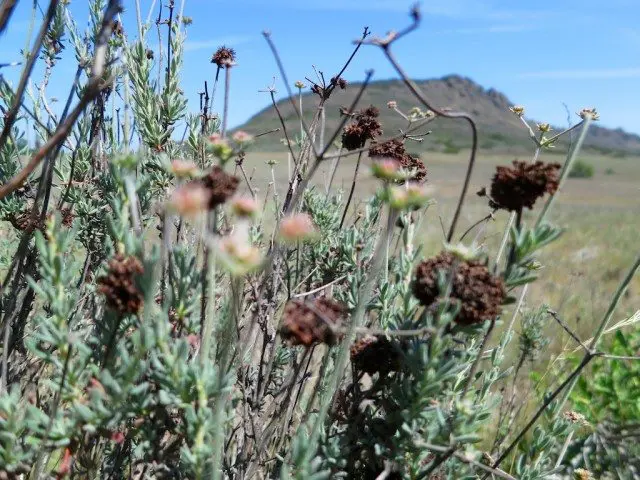
Desert Weather
Desert temperatures can easily surpass 100° F (38° C) during the day and then drop off 50+° F (10+° C) come nightfall.
Many hikers bring umbrellas rigged to their packs to protect them from the sun in the long desert stretches. Still, I don’t really feel that lugging along something as bulky as an umbrella would be worth the extra weight (although a few weeks in, I may be regretting this decision).
Apparently, summer thunderstorms account for approximately one-third of all the desert’s rainfall in a given year (but one-third of ten inches isn’t too impressive). If I am lucky, I may happen upon some awesome dust devils (or maybe the devil).
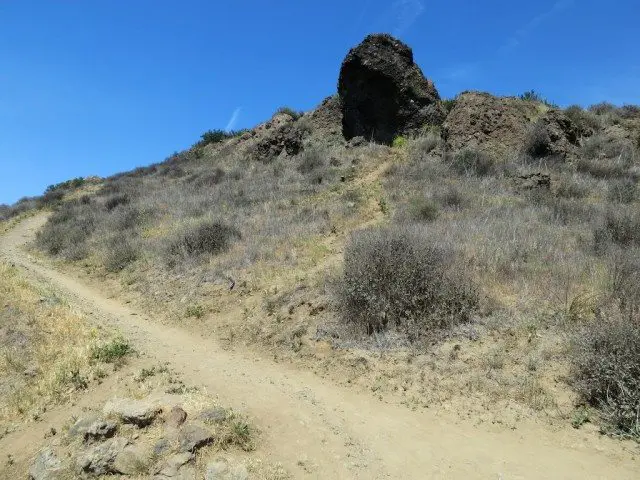
Desert Challenges
Staying hydrated poses a serious problem along the southern portion of the trail (as it does for the trail’s entirety), and hikers can go as far as 25 miles without encountering a water source. In order to avoid dying from dehydration or heat stroke, I plan on carrying a lot of water (like 8-10 liters). This may turn out to be completely impractical, but sitting here in the comfort of my room, it sounds like an alright plan.
Mosquitos aren’t as feared in the desert as they are further north on the trail, but what I do have to look forward to are scorpions, black widows, and at least three varieties of venomous snakes. Apparently, some larger mammals (foxes, bobcats, and coyotes) are also wandering around, but compared to the eventual threat of bears, these guys seem rather trivial.
Also, nobody likes to be hot and sweaty while taking a deuce (I don’t even like being in a public restroom). Still, the desert will undoubtedly set the stage for countless of the sweatiest, most uncomfortable goings to the bathroom of my life.
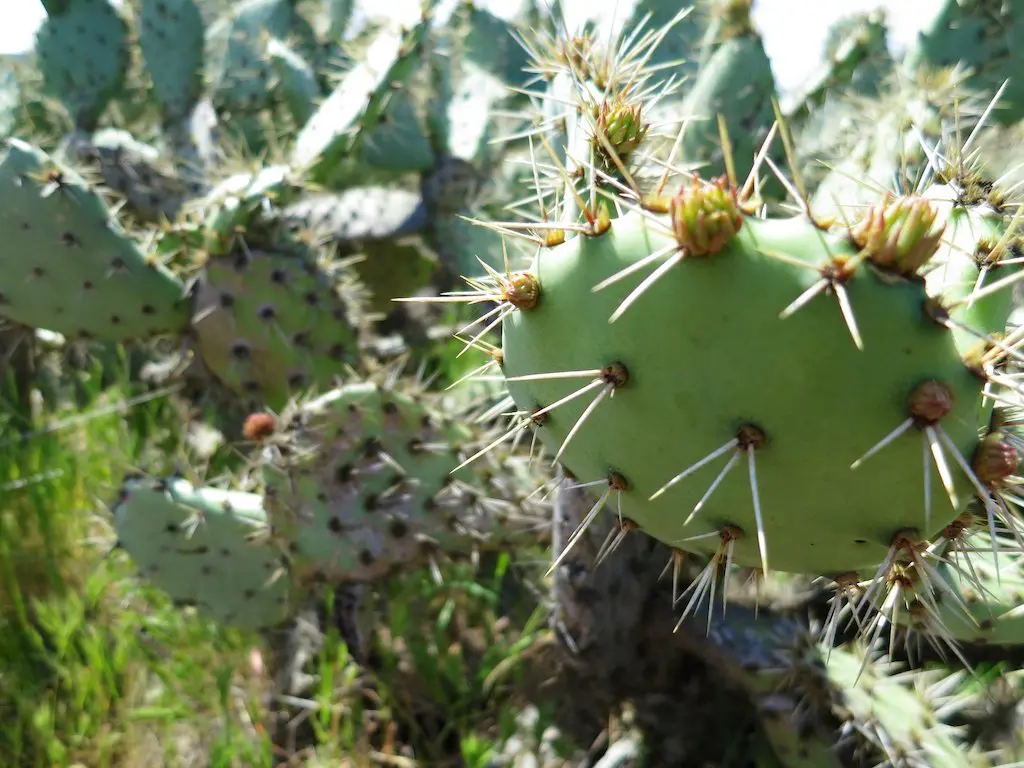
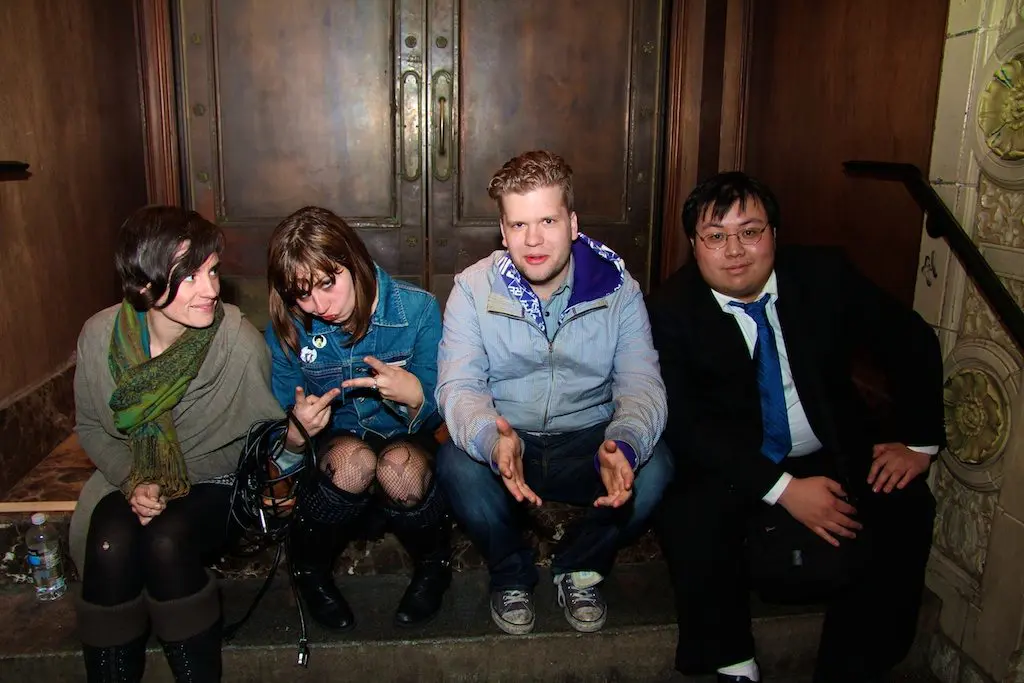
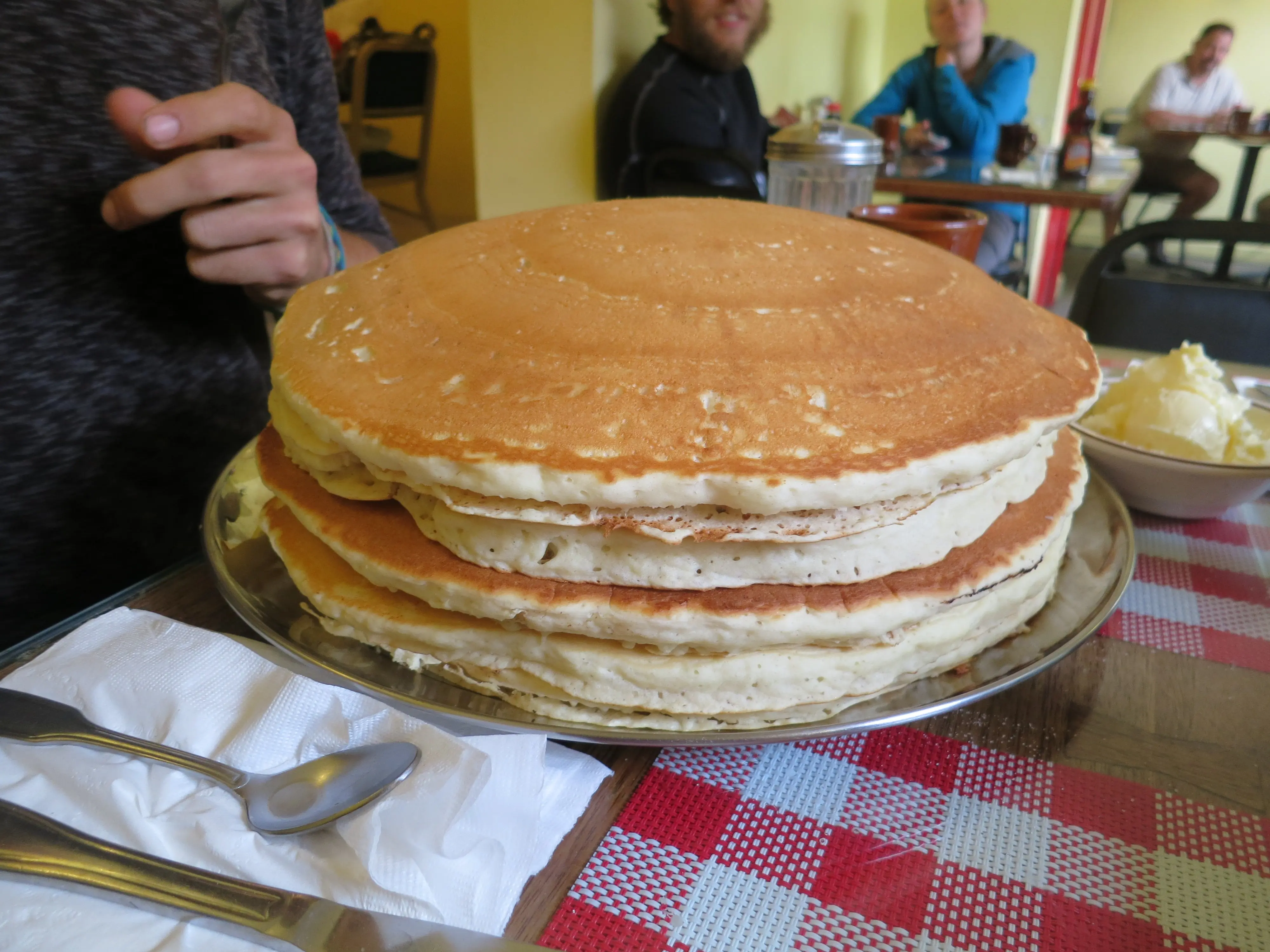
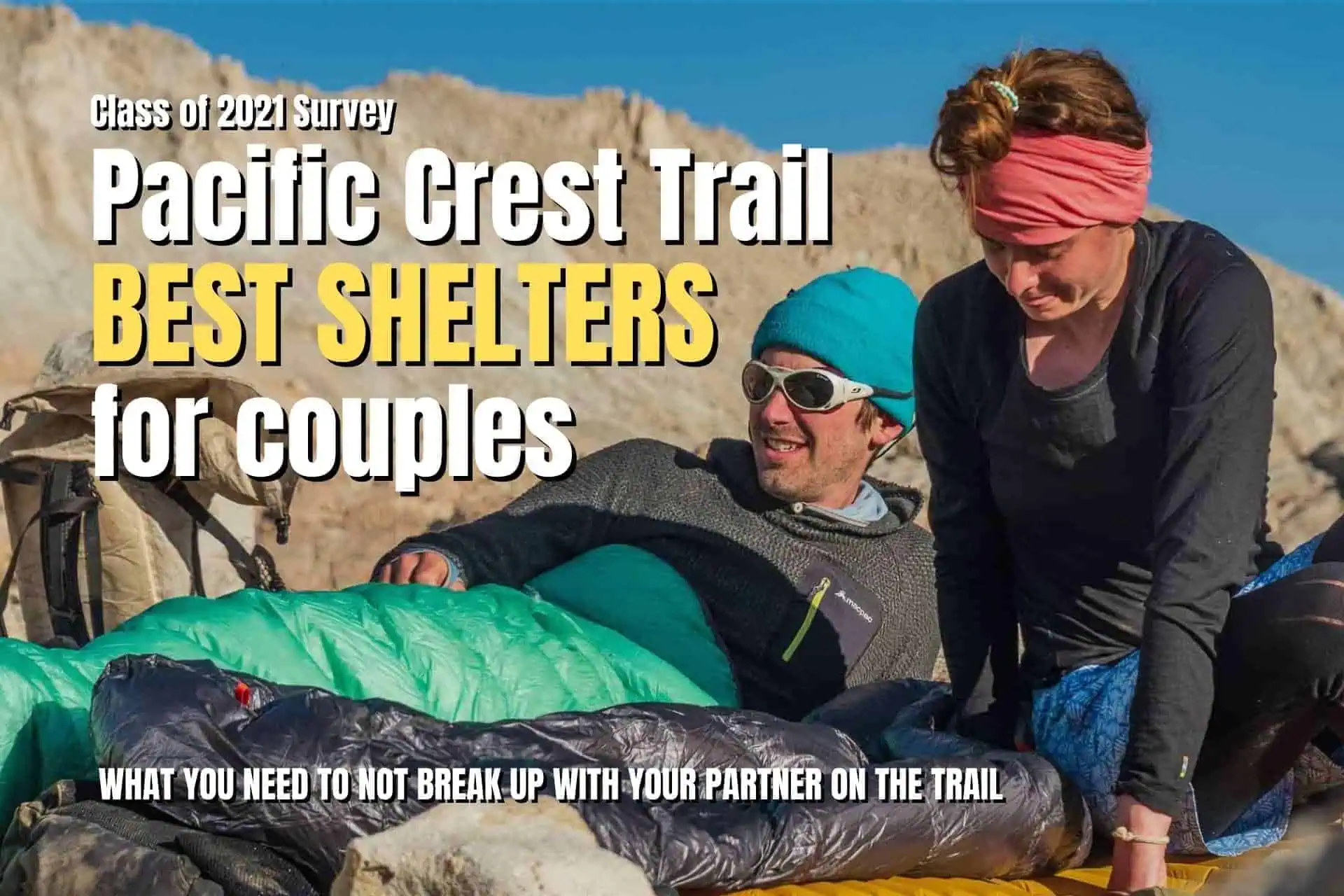



My partner and I are planning a PCT through-hike Spring 2016, and are trying to figure out some of our strategies. We’ve never really put too much thought into how much our packs weigh (we both grew up hiking the cascades in WA, and have used the same vintage packs our whole lives- heavy). Now we’re starting to consider weight in a serious way. Since completing the trail can you say how much was the most water you carried in the desert section? I know safe is always better than sorry and I’m trying to figure out how low to make my goal BPW when thinking about water weight. Thanks!
Hey Lylli! The most water I ever had on me in the desert was six liters. I probably averaged around four, but when the water sources weren’t reliable or I was going into a dry stretch, I always made sure to have extra. Good luck to you next year!
Thank you so much- this is quite helpful. I love your website- very informative and straight forward- excellent!